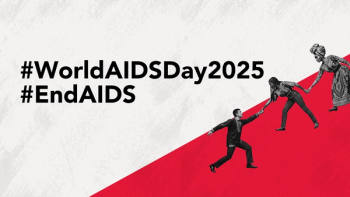
Differences in Binding Affinity Between Integrase Inhibitors in HIV
An infectious disease specialist discusses the differences in binding affinity between dolutegravir and bictegravir and how it informs treatment selection.
Episodes in this series

BIC = bictegravir
DRV = darunavir
DTG = dolutegravir
F/TAF = FTC/TAF = Emtricitabine/Tenofovir alafenamide
F/TDF = FTC/TDF = Emtricitabine/Tenofovir disoproxil fumarate
B/F/TAF = BIC/FTC/TAF = Bictegravir/Emtricitabine/Tenofovir alafenamide (single tablet regimen)
DTG/ABC/3TC = Dolutegravir/Abacavir/Lamivudine (single tablet regimen)
DTG + F/TAF = DTG + FTC/TAF = Dolutegravir + Emtricitabine/Tenofovir alafenamide (multi-tablet regimen)
D/C/F/TAF = DRV/COBI/FTC/TAF = Darunavir/Cobicistat/Emtricitabine/Tenofovir alafenamide (single tablet regimen)
DTG/3TC = Dolutegravir/Lamivudine (single tablet regimen)
CAB = Cabotegravir
CAB + RPV = Cabotegravir + Rilpivirine
Video content above is prompted by the following questions:
- Integrase inhibitors like dolutegravir and bictegravir bind to the active site of the integrase and as such suppress the HIV virus; they are integral to modern therapeutic algorithms.
- Can you explain the differences in binding affinity between dolutegravir and bictegravir and does this impact your treatment selection?
Newsletter
Stay ahead of emerging infectious disease threats with expert insights and breaking research. Subscribe now to get updates delivered straight to your inbox.






















































































































































































































































































